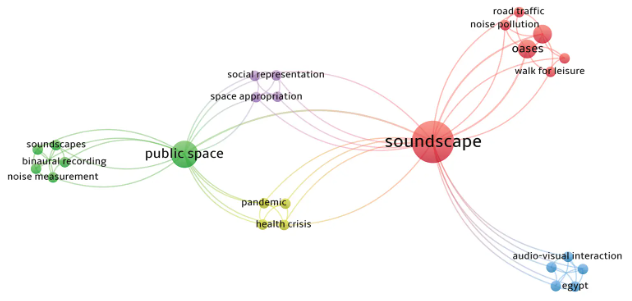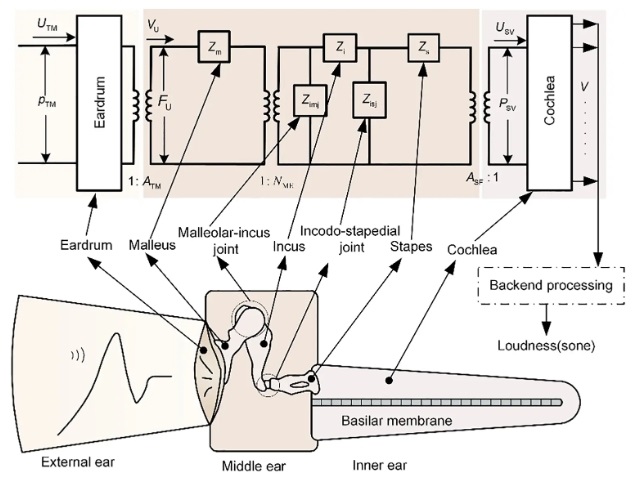Deadline for manuscript submissions: 30 November 2025
Special Issue Editors
Dr. Manoj Khandelwal Website E-Mail: m.khandelwal@federation.edu.au
Federation University Australia, Australia
Interests: blast vibrations; blast mechanics; rock mechanics; AI/ML applications in geotechnical engineering
Dr. Danial Jahed Armaghani Website E-Mail: Danial.JahedArmaghani@uts.edu.au
University of Technology Sydney, Australia
Interests: rock mechanics; concrete technology; tunnelling; artificial intelligence and optimisation algorithms
Dr. Jian Zhou Website E-Mail: j.zhou@csu.edu.cn
Central South University, China
Interests: mining engineering; rock mechanics; predictive modelling; rockburst; blasting
Dr. Autar Krishen Raina Website E-Mail: rainaji@cimfr.res.in
CSIR-Central Institute of Mining and Fuel Research, India
Interests: blasting; flyrock; MMFS optimization; human response; vibration; air-overpressure
Special Issue Information
Dear colleagues,
Blast-induced vibrations have long been a critical concern in mining, construction, and geotechnical engineering due to their potential to affect structural stability, environmental safety, and operational efficiency. With the rapid advancements in artificial intelligence (AI) and data-driven technologies, innovative solutions are emerging to address these challenges with unprecedented precision and adaptability. This special issue of Sound and Vibration focuses on cutting-edge research, methodologies, and applications that explore the interplay between blast-induced vibrations and AI-driven approaches in geotechnical engineering.
Key themes of this special issue include:
1.Advanced modelling techniques to understand the propagation and impact of seismic waves generated by blasting, incorporating real-world case studies and experimental data.
2.The use of machine learning and deep learning models to predict blast-induced vibrations, optimize blasting parameters and minimise environmental impact while ensuring operational efficiency.
3.Development and assessment of vibration control measures, including new materials, technologies, and blast design innovations.
4.Combining AI, numerical modelling, and field monitoring to enhance the reliability of slope stability, tunnel integrity, and structural safety under blasting conditions.
5.Innovations in vibration monitoring systems, including the use of IoT, drones, and real-time analytics, to improve data acquisition and decision-making.
Addressing the role of AI in promoting sustainable practices and compliance with environmental and safety regulations related to blast-induced vibrations.
This special issue aims to provide a platform for academics, practitioners, and industry professionals to exchange knowledge and insights, fostering interdisciplinary collaboration and the integration of AI in geotechnical applications. By highlighting state-of-the-art research and emerging technologies, it seeks to advance our understanding of blast-induced vibrations and contribute to safer, more efficient, and sustainable geotechnical practices.
We invite contributions that reflect theoretical advancements, practical innovations, and case studies, creating a comprehensive repository of knowledge in this evolving field.
Dr. Manoj Khandelwal
Dr. Danial Jahed Armaghani
Dr. Jian Zhou
Dr. Autar Krishen Raina
Guest Editors
Keywords
blast-Induced vibrations
AI in geotechnical engineering
vibration control and mitigation
machine learning applications
sustainable blasting practices
Published Papers









